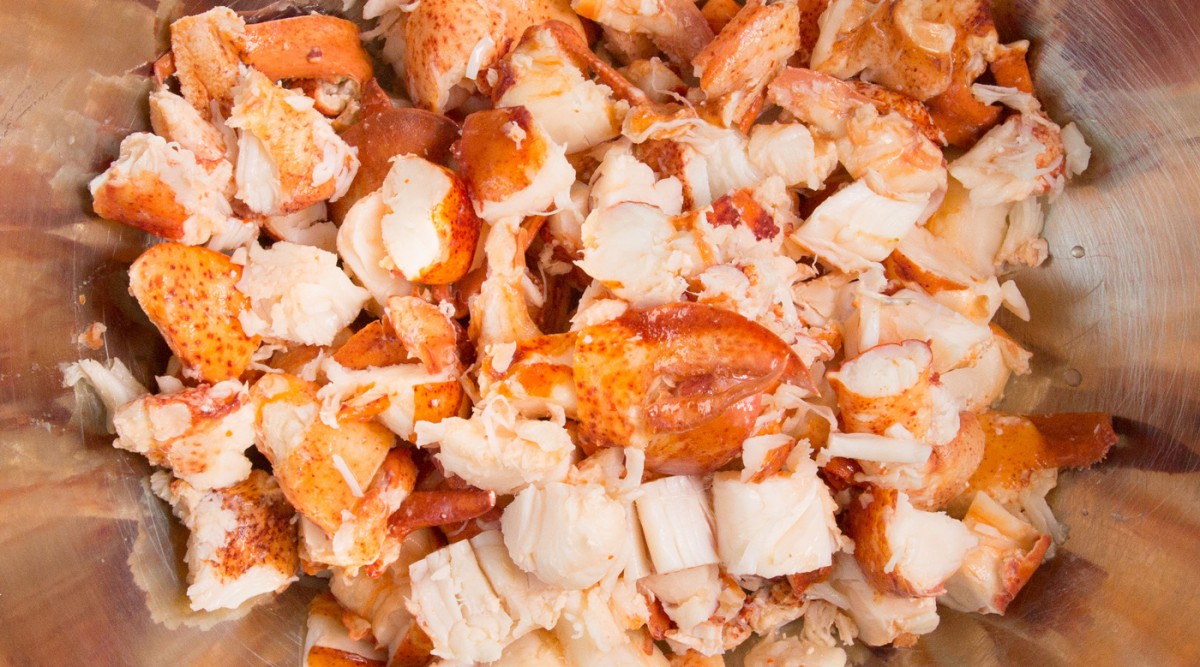
The fate of South Korea’s kimchi industry rests on whether China considers it pickled or not.
When China reclassified the fermented cabbage dish several years ago, Korean exports of kimchi evaporated. As a pickled product, it did not meet China’s strict import hygiene standards.
Now, China has pledged to reconsider the designation, a concession that could pave the way for a new boom in exports since the two countries sealed a broad trade deal.
The episode over kimchi, a source of deep culinary and cultural pride in South Korea, reflects the sometimes complicated relationship that China has with its neighbors. As China looks to deepen its regional trade ties, such pockets of tension could flare up, creating challenges for its ambitions.
Watch the Reakted Video – http://nyti.ms/1JS2mVy










